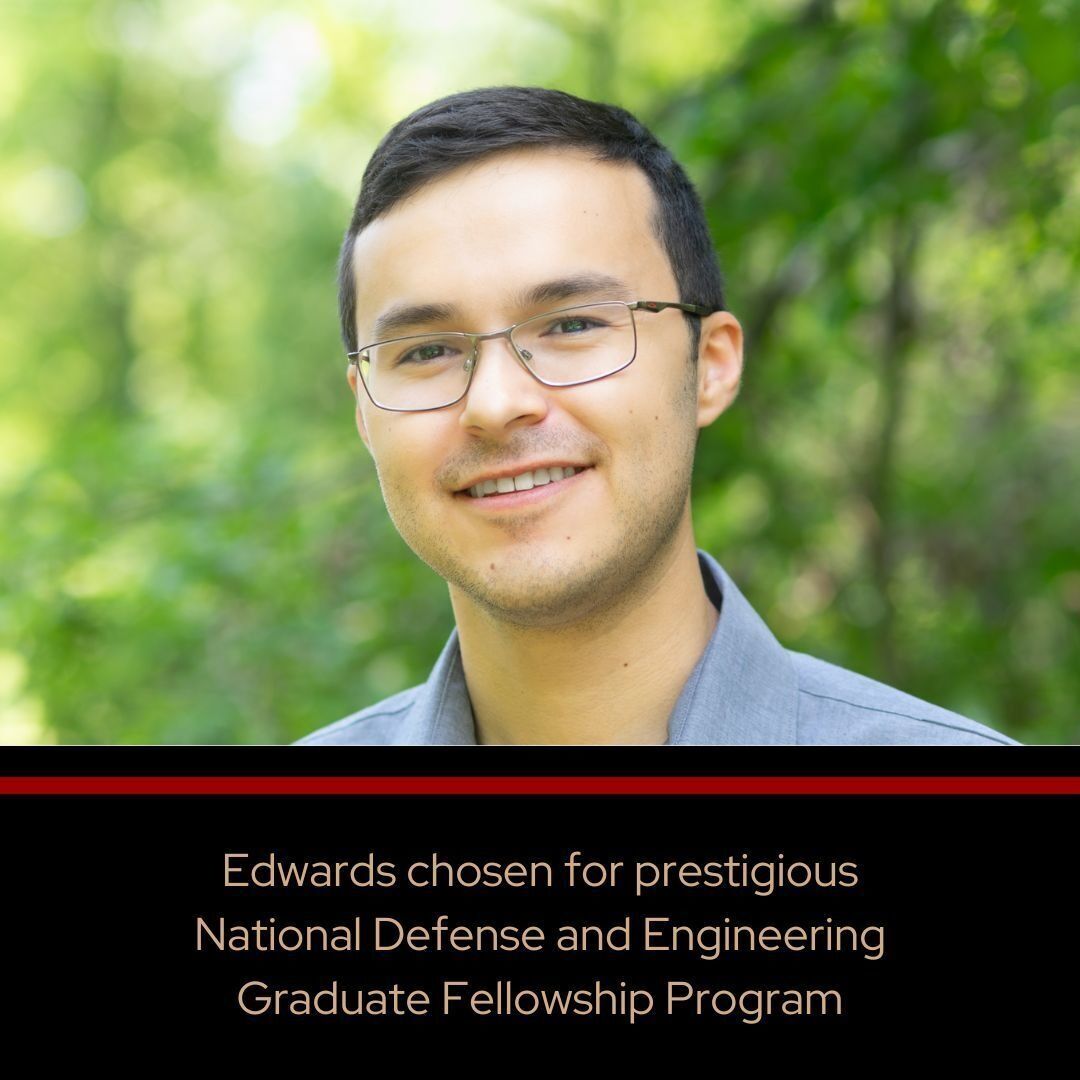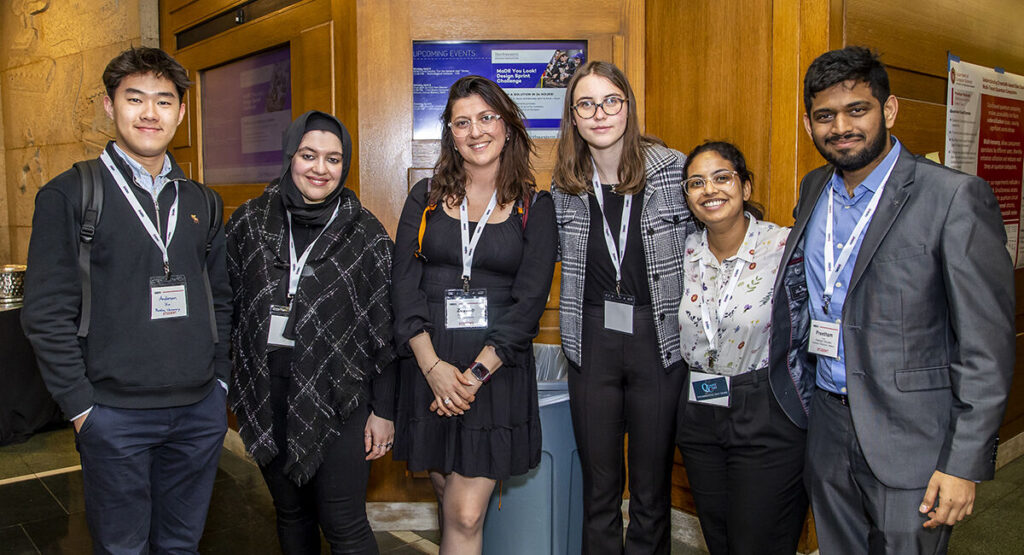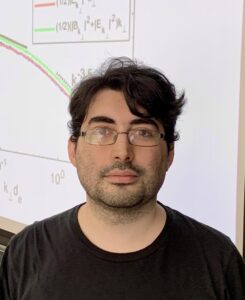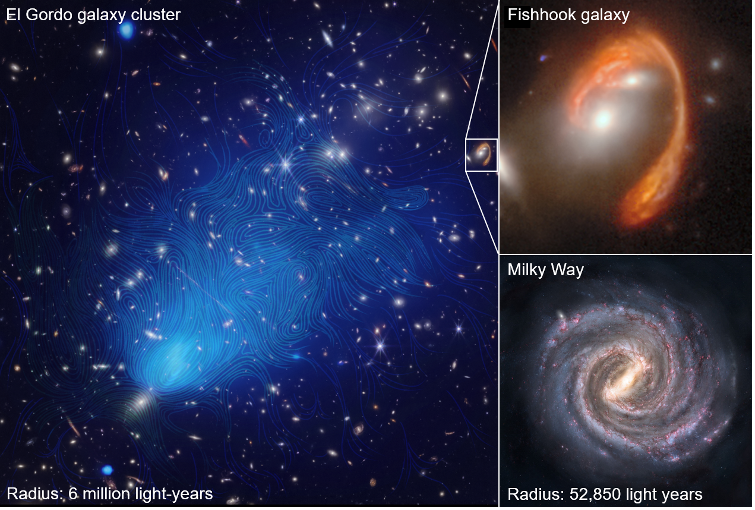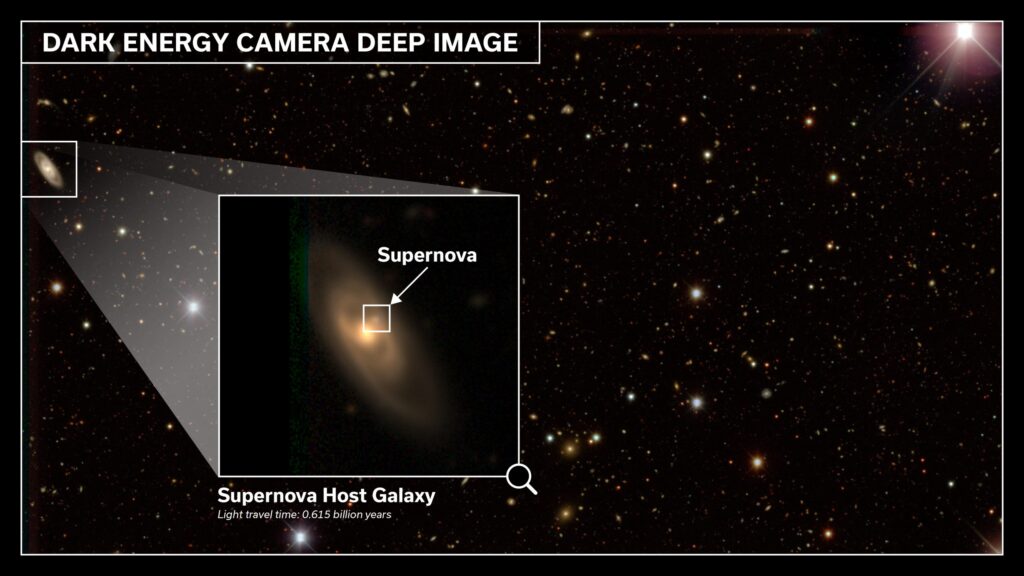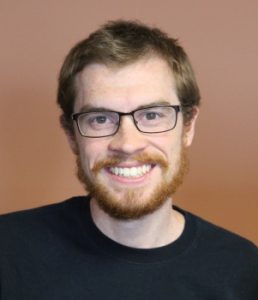Physics PhD students Sam Kramer, Michelle Marrero Garcia, and Isaac Barnhill were recently named to the L&S Teaching Mentors program. The L&S Teaching Mentors are the heart of L&S’s Teaching Assistant (TA) Trainings. They are exceptionally passionate and knowledgeable teachers with proven track records for teaching excellence who work closely with the L&S TA Training and Support Team to facilitate various trainings and mentor L&S TAs.
Kramer and Marrero Garcia earned Lead Teaching Mentor designation, meaning that they have served as Teaching Mentors more than once and are taking on an additional leadership role within the program.
Learn more about the three Physics Teaching Mentors:
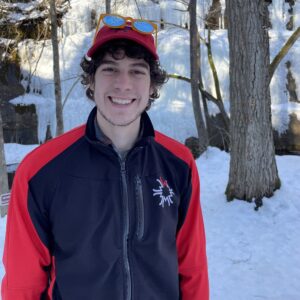
Isaac Barnhill, Teaching Mentor
Isaac began teaching as a peer mentor tutor in the UW Physics Learning Center during undergraduate studies. Now a PhD student in the Physics Department, Isaac has primarily taught electromagnetism, circuits, and optics at the introductory level. Isaac’s research is focused on increasing student agency and decision making in the laboratory component of their physics classes. By shifting the focus of lab activities from content reinforcement to engaging in authentic scientific practices, Isaac hopes to increase students’ sense of engagement and intellectual ownership in the classroom while simultaneously helping students build their data literacy and critical thinking skills. One of his favorite aspects of teaching is seeing students improve their ability to understand, describe, and predict the physical world around them. He always seeks to center the student by promoting active learning in the classroom, allowing students to work out their thoughts in an environment with both high expectations and high support.
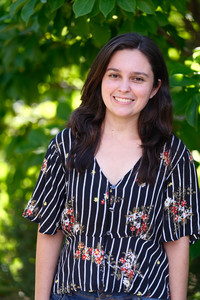
Michelle Marrero Garcia, Lead Teaching Mentor
Michelle started teaching in her first semester of the Physics PhD program. She has taught either kinematics or electromagnetism at the introductory level (every semester since then), but she loves teaching any subject within Physics. Her favorite part is watching the face of her students light up as they explore the world through a new lens. In Michelle’s approach to teaching, she always tries to be empathic and put herself in the student’s position. She has found that having changed her field of study from mechanical engineering (as an undergrad) to physics (as a grad) gave her the ability to understand how students that are new to the subject think and feel.
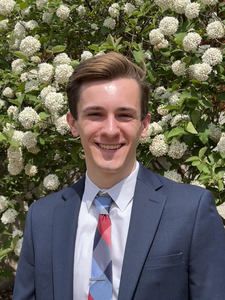
Sam Kramer, Lead Teaching Mentor
Sam is a third-year Ph.D. candidate in the Department of Physics and has been teaching for Physics 202, a course for engineering major undergraduates that focuses on electricity, magnetism, and optics, since arriving in Madison. Sam also taught for a similar course as an undergraduate at Saint Louis University. In this role, he leads both discussions, which focus on problem solving, and labs, which provide hands-on experience with the concepts being taught. Physics can be an overwhelming subject, so Sam tries to distill the material into manageable chunks for the students, emphasizing the broader concepts underlying the formulas students use and drawing explicit connections between parts of the curricula. This is meant to develop the dynamic problem solving skills students need when encountering problems they have not seen before.
